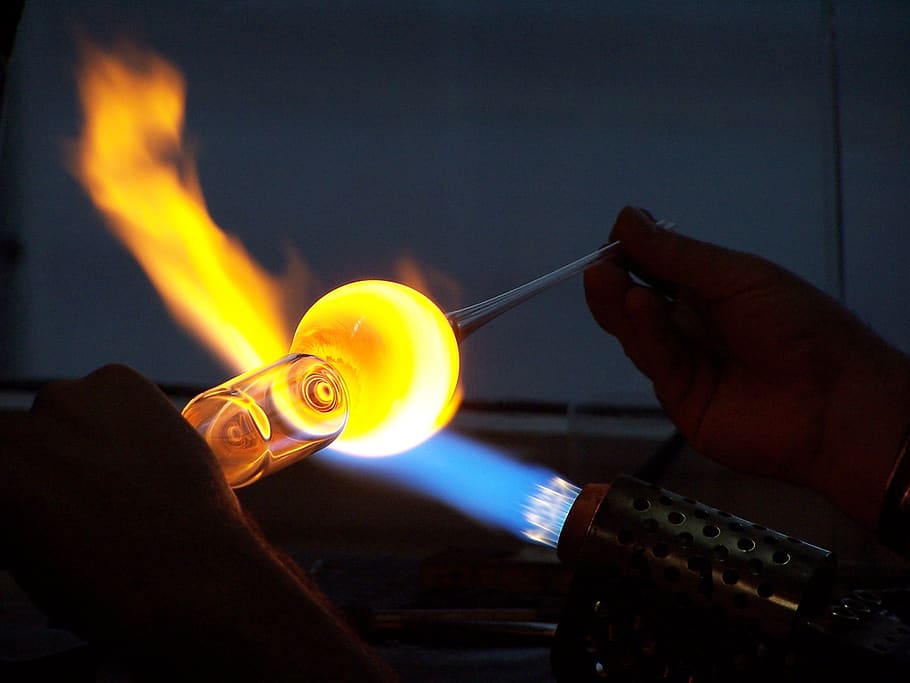Glass is neither a liquid nor a solid

Glass is neither a liquid nor a solid.
Many of us have grown up hearing the claim that glass is a super-cooled liquid because it is sometimes found in old windows that are thicker at the bottom. However, this notion is nothing more than a myth. In reality, glass is neither a liquid nor a solid. It is classified as an amorphous solid, which falls somewhere between the two conventional states of matter.
The Amorphous Nature of Glass
Unlike solids with a well-defined crystal structure, such as metals or minerals, glass lacks long-range order in its atomic arrangement. This characteristic gives glass its unique amorphous nature. Instead of neatly arranged, repeating patterns, the atoms in glass are disordered, akin to a jigsaw puzzle where the pieces do not fit together perfectly.
The Viscous Myth
A common misconception about glass is its purported “flowing” or “liquid-like” behavior over time. This is often attributed to old glass windows that are thicker at the bottom than at the top. The truth is, these windows were not intentionally installed that way, but rather a result of the manufacturing processes of the time.

Early glassmaking techniques involved pouring molten glass onto a flat surface and spinning it until it formed a circular shape known as a “crown glass.” A thicker bottom edge was the natural outcome of this process as the molten glass would flow slightly towards the edges due to gravity. Over time, these windows were installed upside down or rotated, leading to the false belief that glass flows slowly.
The Structural Characteristics of Glass
While glass exhibits some properties typical of liquids, such as the ability to slowly relax stresses over time, it is far from behaving like a liquid in everyday situations. For example, if you were to pour a liquid into a glass and let it solidify, it would retain its original shape, whereas glass maintains its amorphous structure.
Furthermore, glass has a higher viscosity, or resistance to flow, compared to most liquids. It can withstand high temperatures without melting or dripping. This is why glass can be molded and shaped when heated but retains its form once cooled. Its higher viscosity also contributes to its strong structural integrity, making it a versatile material in various applications.
The Science Behind Glass
To understand the true nature of glass, we need to delve into its atomic structure. Glass is primarily made of silicon dioxide (SiO2), which forms a tetrahedral network. In this network, each silicon atom is surrounded by four oxygen atoms, and each oxygen atom is connected to two silicon atoms. This random arrangement of the tetrahedral network contributes to glass’ disordered structure.
While glass can be produced by rapidly cooling a molten material, the slow cooling process is equally important. It allows the atoms to settle into a solid-like state without achieving the regularity observed in crystalline solids. The rapid cooling locks the atoms in place, preventing them from forming an organized lattice.
Conclusion
In conclusion, glass is not a liquid, as popular myths suggest, nor is it a traditional solid. It is an amorphous solid with a disordered atomic structure that gives it unique characteristics. Understanding the nature of glass can help debunk common misconceptions and enhance our appreciation for this versatile material.
Source: UCR Math: Glass - David A. Baez
Related Posts
Quick Links
Legal Stuff

